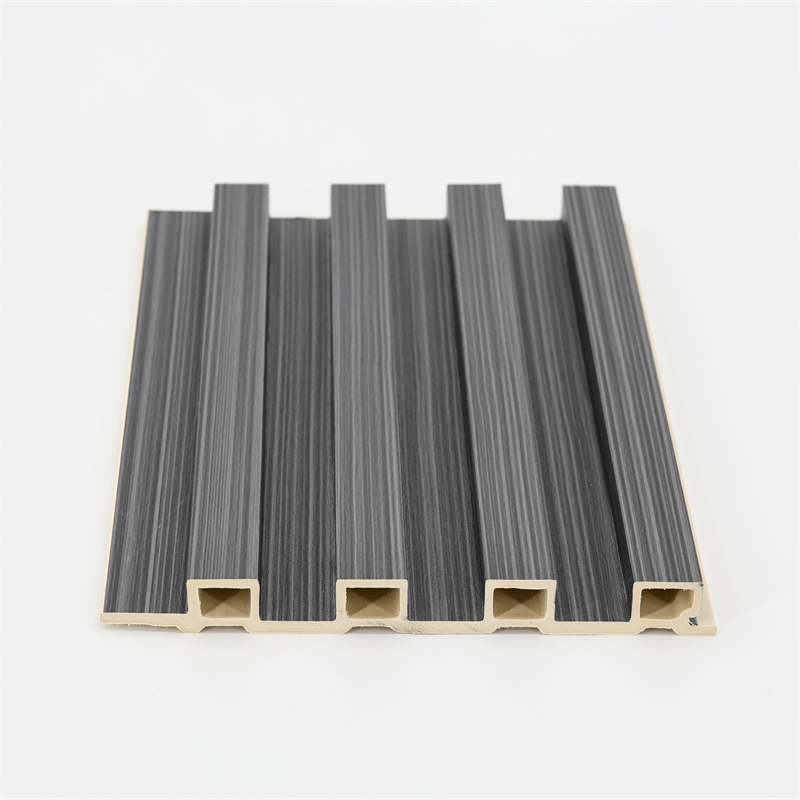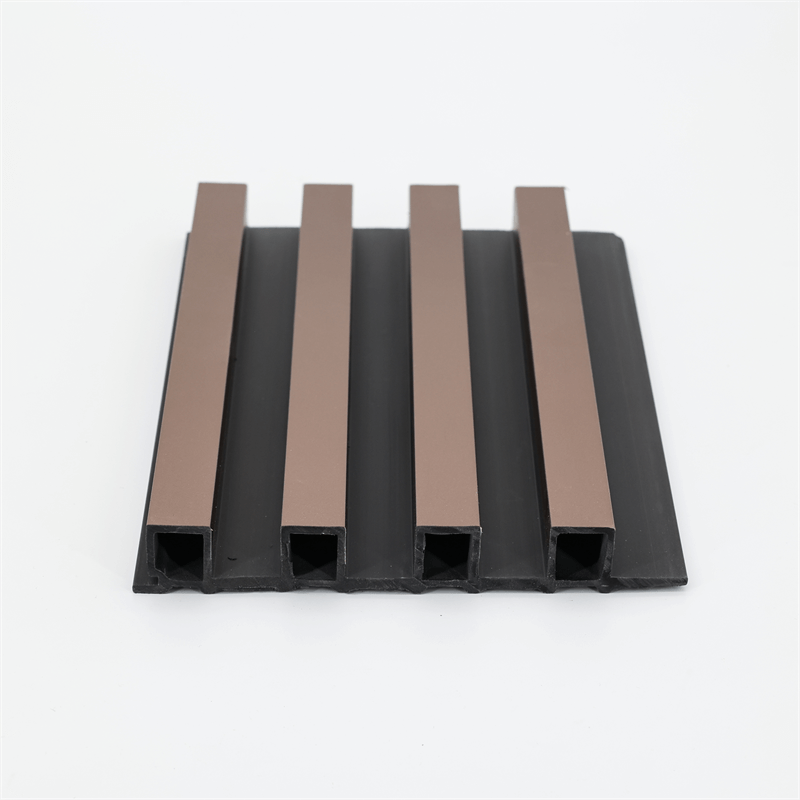In today’s world, the importance of sustainability and eco-friendliness cannot be overstated.
As homeowners, we have the responsibility to make choices that contribute to a greener and more sustainable future.
WPC (Wood-Plastic Composite) wall panels have emerged as a sustainable choice for eco-friendly homes.
In this essay, we will explore how WPC wall panels promote sustainability, their environmental benefits, and why they are the preferred choice for those seeking to reduce their carbon footprint.
I. Utilizing Recycled Materials
One of the primary reasons why WPC wall panels are a sustainable choice is their utilization of recycled materials.
These panels are composed of a combination of wood fibers derived from sawdust, wood chips, or agricultural residues, along with recycled polymers.
By utilizing these recycled materials, WPC panels help reduce waste and promote the efficient use of resources.
The incorporation of recycled materials in the production of WPC panels not only helps in waste reduction but also reduces the demand for new raw materials.
This contributes to a more sustainable approach to construction and interior design, reducing the strain on natural resources and lowering the environmental impact of the industry.
II. Reduced Carbon Footprint
WPC wall panels play a crucial role in reducing the carbon footprint associated with interior design and construction.
Compared to traditional wood cladding options, WPC panels have a significantly lower carbon footprint.
The manufacturing process of WPC panels consumes less energy and generates fewer greenhouse gas emissions.
The use of recycled materials in WPC panels reduces the need for harvesting and processing virgin wood, which further reduces carbon emissions.
Additionally, WPC panels are often manufactured in facilities that prioritize energy efficiency and sustainability, further minimizing their environmental impact.
By choosing WPC wall panels for your home, you can significantly reduce your carbon footprint and contribute to mitigating climate change.
III. Durability and Longevity
Another important aspect of the sustainability of WPC wall panels is their durability and longevity.
These panels are designed to withstand the test of time, offering excellent resistance to moisture, rot, and decay.
Unlike traditional wood cladding that may require frequent replacement, WPC panels have a longer lifespan, reducing the overall environmental impact.
The durability of WPC panels translates into less waste generation over time.
With their resistance to warping, cracking, and degradation, they maintain their structural integrity and aesthetic appeal, eliminating the need for frequent repairs or replacements.
Additionally, the long lifespan of WPC panels reduces the demand for new materials, further conserving natural resources and minimizing the energy required for production.
IV. Low Maintenance and Reduced Chemical Usage
WPC wall panels contribute to sustainability through their low maintenance requirements and reduced chemical usage.
Unlike natural wood cladding that often requires staining, sealing, or painting, WPC panels do not need such treatments.
The low maintenance nature of WPC panels means fewer chemicals are used throughout their lifespan.
This reduces the release of volatile organic compounds (VOCs) into the environment, promoting better indoor air quality and a healthier living environment for occupants.
Furthermore, the absence of harsh chemicals in the maintenance of WPC panels means less pollution of water sources, making them a more environmentally friendly choice.

WPC wall panels offer a sustainable choice for eco-friendly homes, addressing the need for responsible interior design and construction practices.
By utilizing recycled materials, reducing carbon emissions, and promoting durability and longevity, WPC panels contribute to a greener future.
Choosing WPC wall panels for your home not only reduces waste and conserves natural resources but also minimizes your carbon footprint and supports a more sustainable construction industry.
With their low maintenance requirements and reduced chemical usage, WPC panels create healthier living environments while promoting eco-friendliness.
Embrace the sustainable choice of WPC wall panels and be a part of the movement towards greener and more environmentally conscious homes.
Make a positive impact on the planet by choosing materials that contribute to sustainability and a brighter future for generations to come.
In conclusion, WPC wall panels are the sustainable choice for eco-friendly homes.
By utilizing recycled materials, reducing carbon emissions, promoting durability and longevity, and minimizing chemical usage, these panels offer a greener alternative to traditional wood cladding options.
Choosing WPC panels not only reduces waste and conserves natural resources but also helps mitigate climate change by lowering your carbon footprint.
The manufacturing process of WPC panels consumes less energy and generates fewer greenhouse gas emissions, making them a more environmentally responsible choice.
Furthermore, the durability and longevity of WPC panels contribute to sustainability by reducing the need for frequent replacements and minimizing the demand for new materials.
Their low maintenance requirements result in less chemical usage, promoting healthier indoor environments and reducing pollution of water sources.
By opting for WPC wall panels, you can create a beautiful and stylish living space while actively contributing to a more sustainable future.
Embrace eco-friendly materials and make a positive impact on the planet, one wall at a time.
Choose WPC wall panels for your home and be a part of the movement towards sustainable living.
Let your choices reflect your commitment to the environment and inspire others to follow suit.
Together, we can create homes that are not only aesthetically pleasing but also environmentally responsible.


